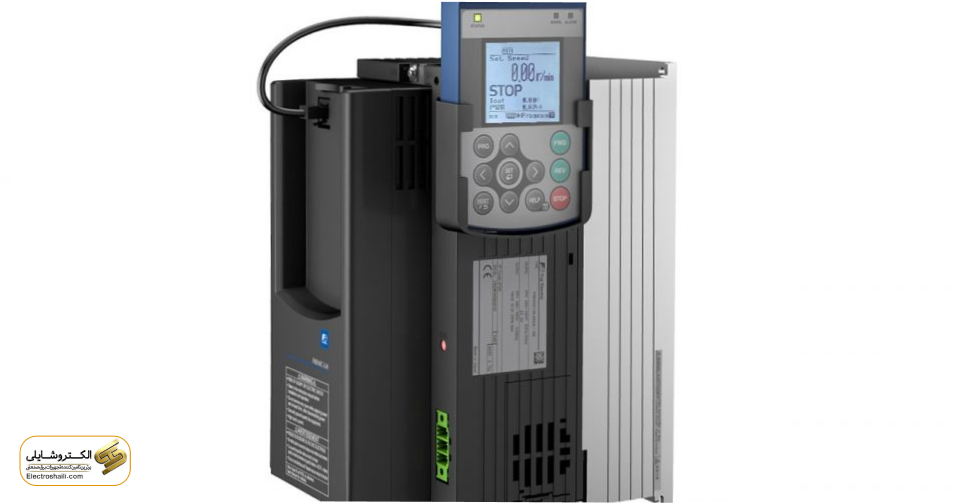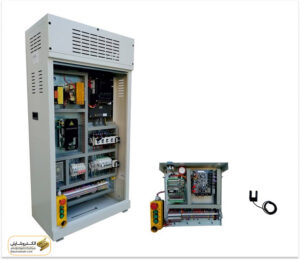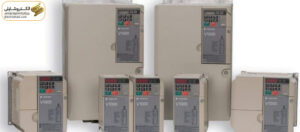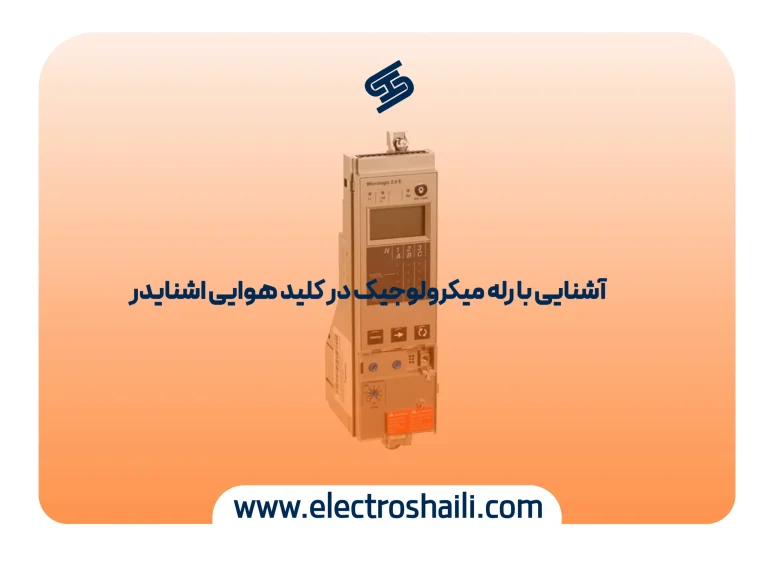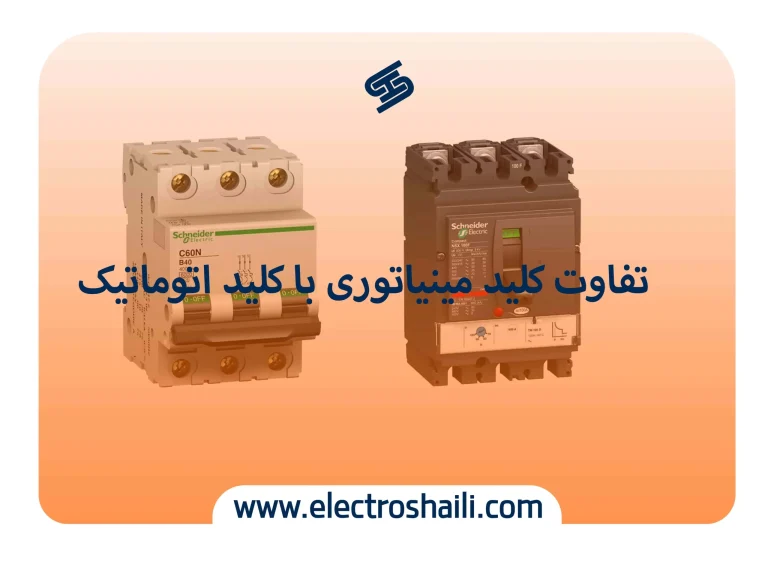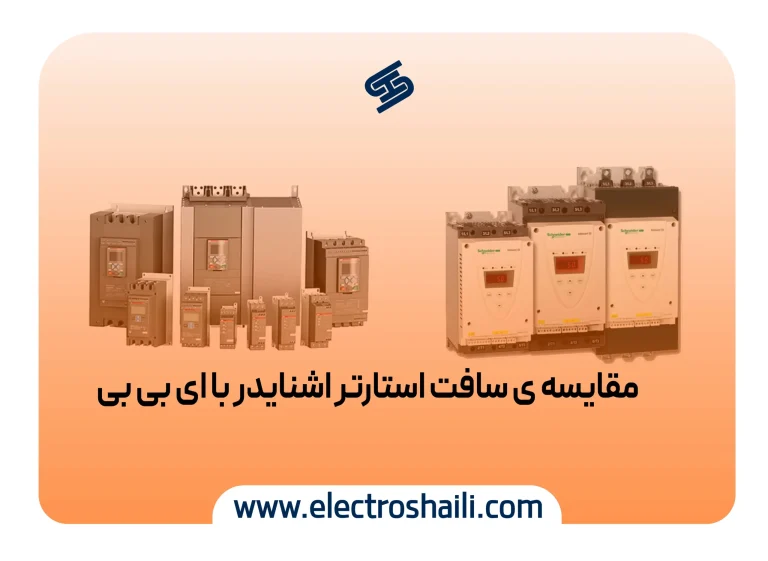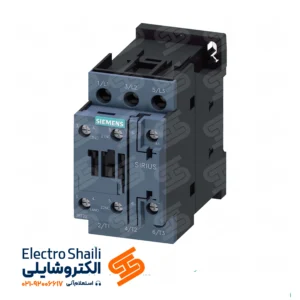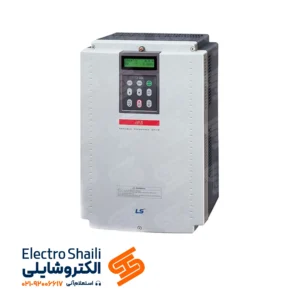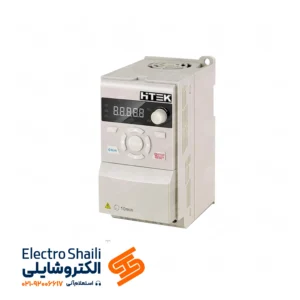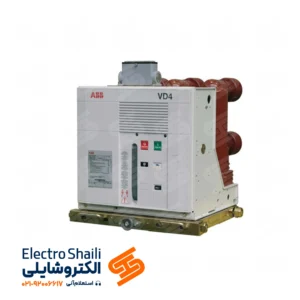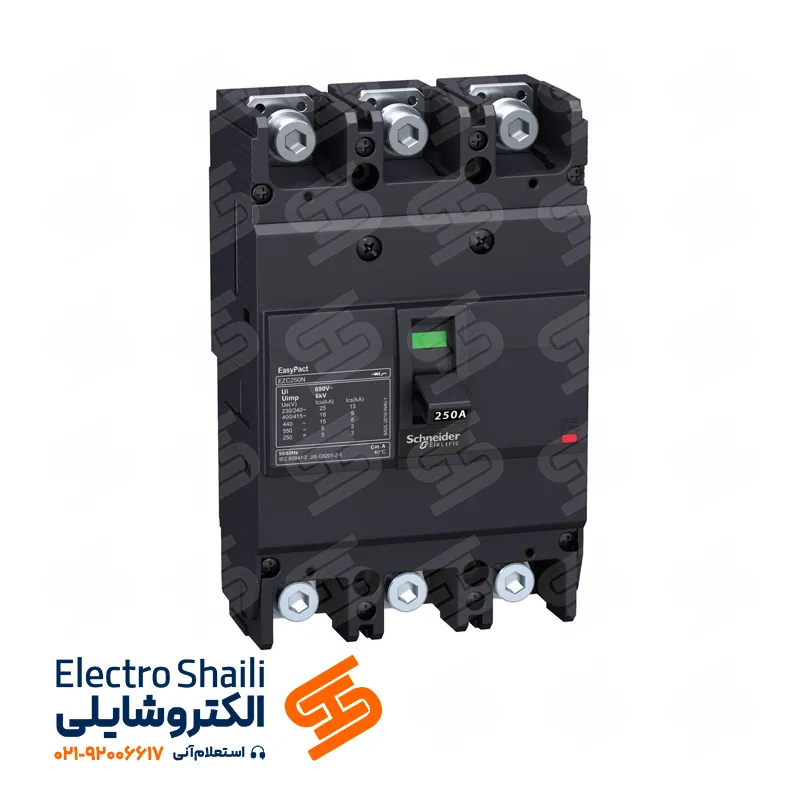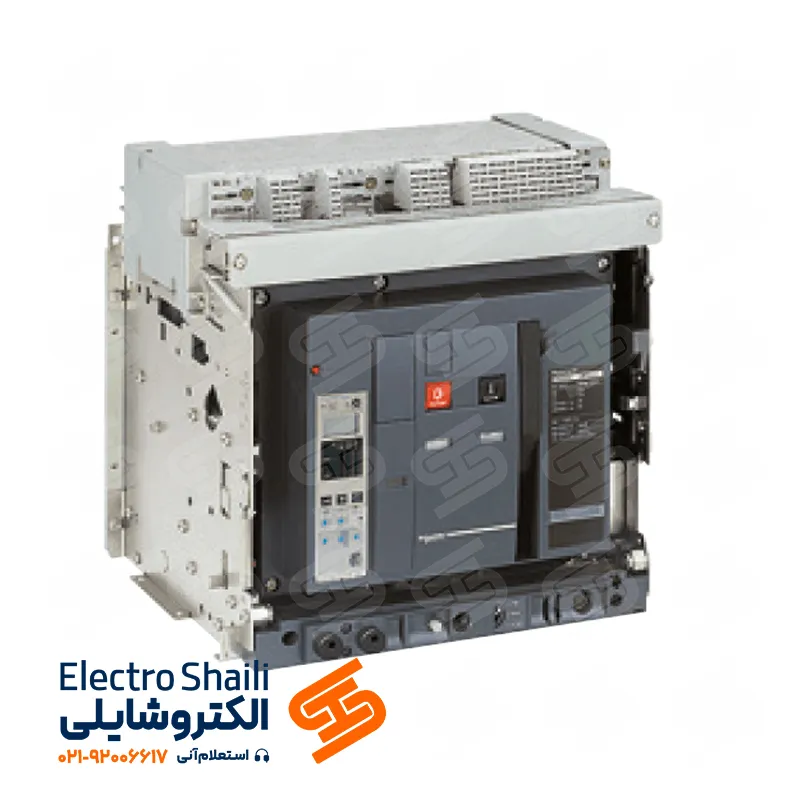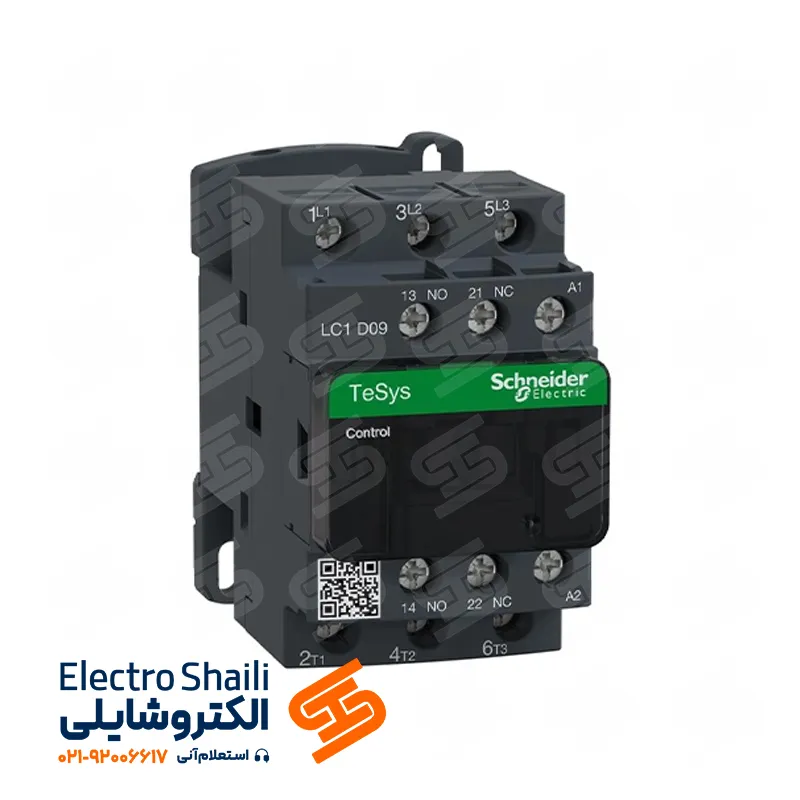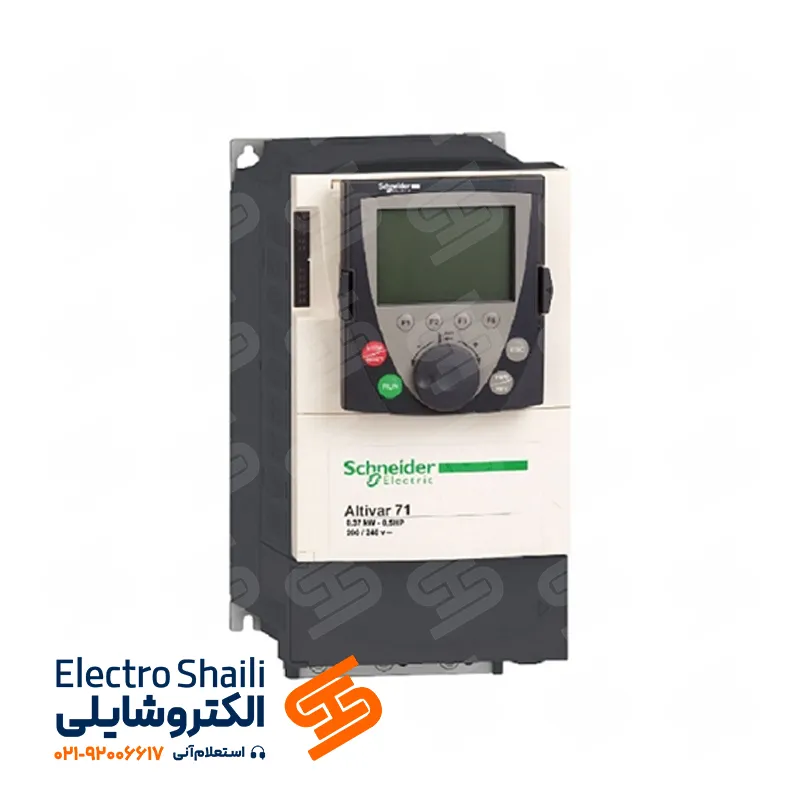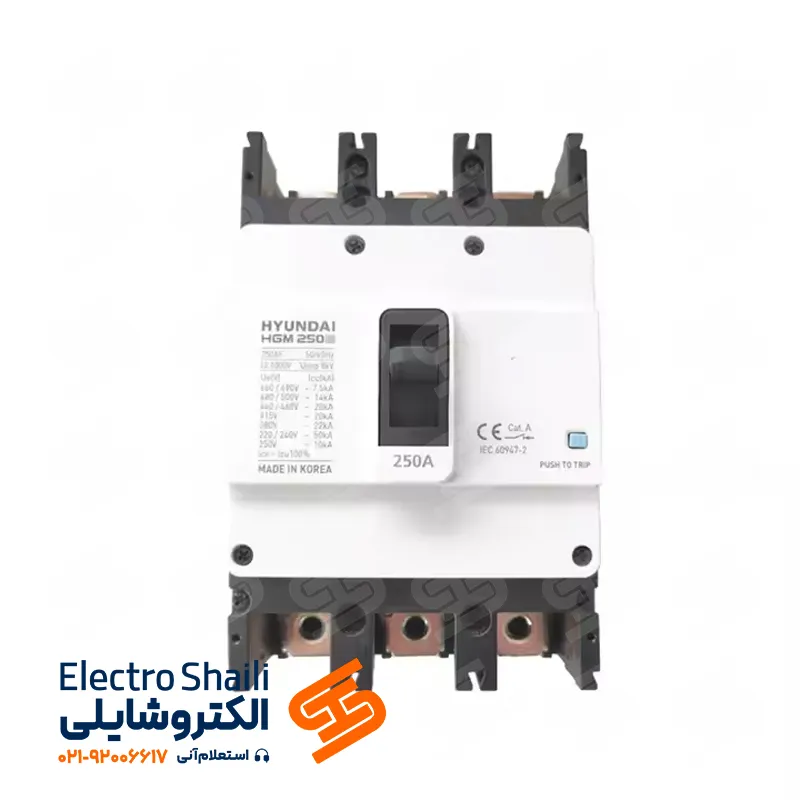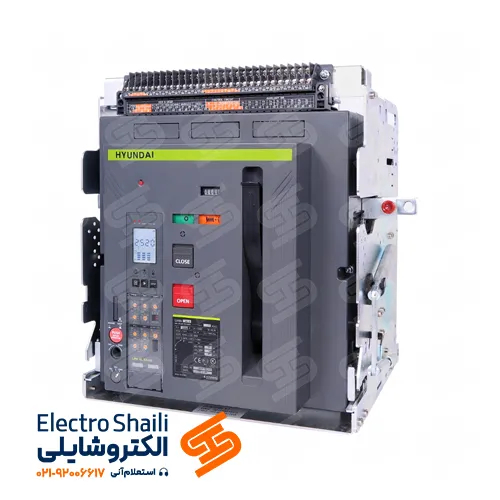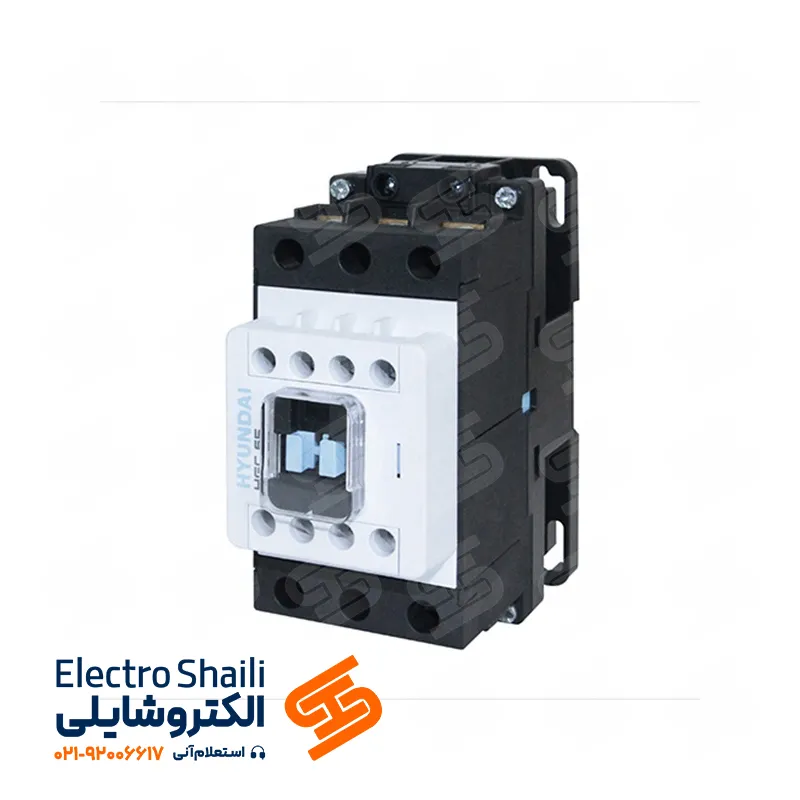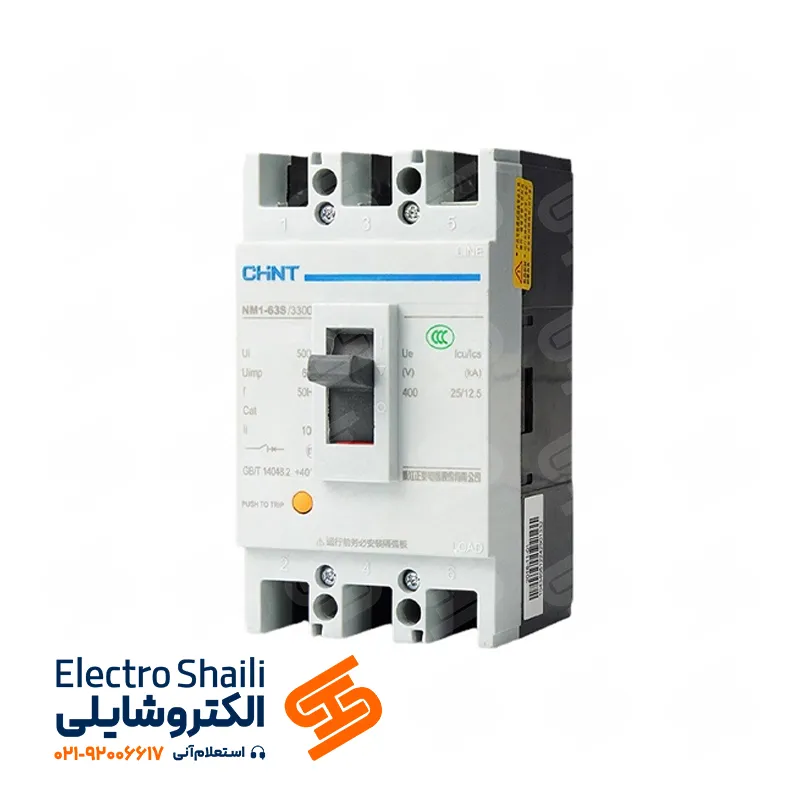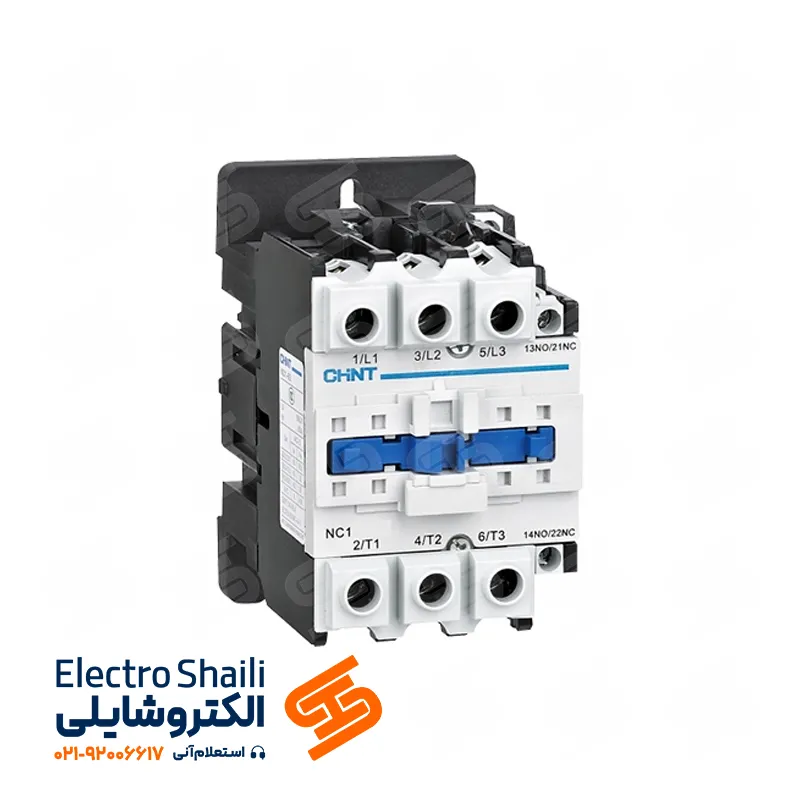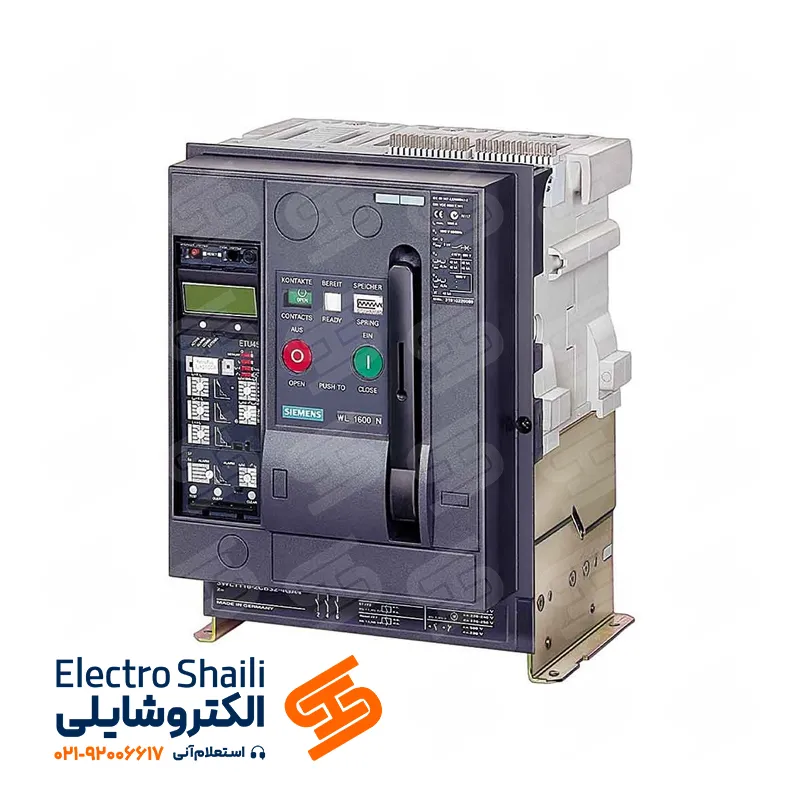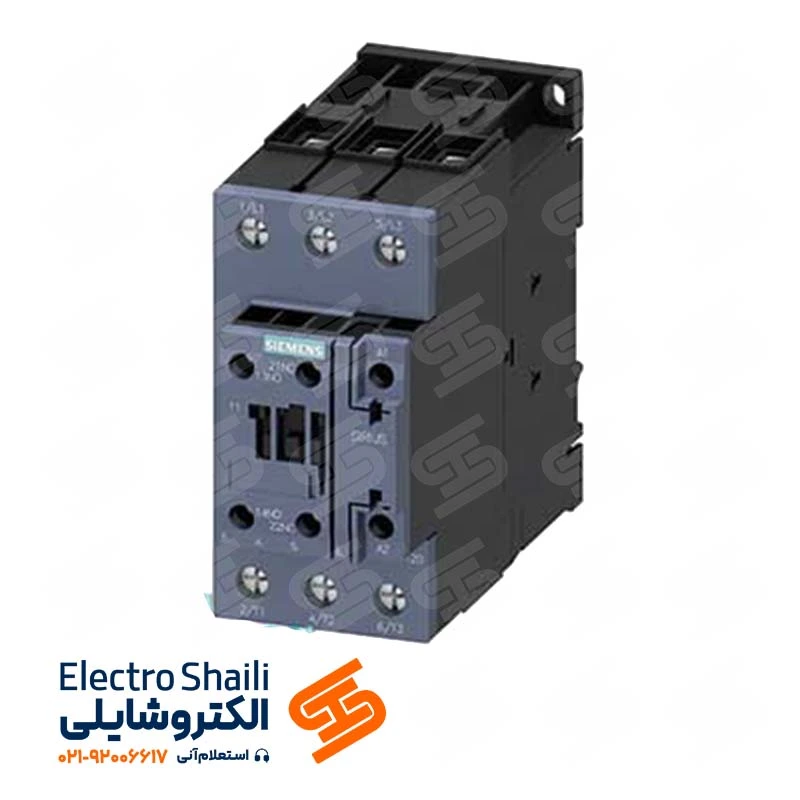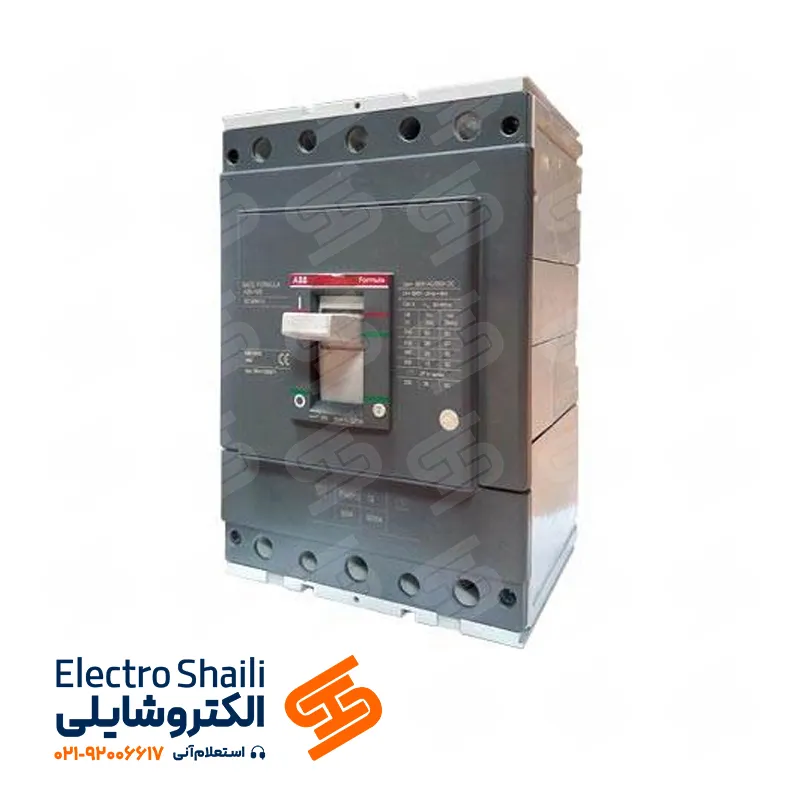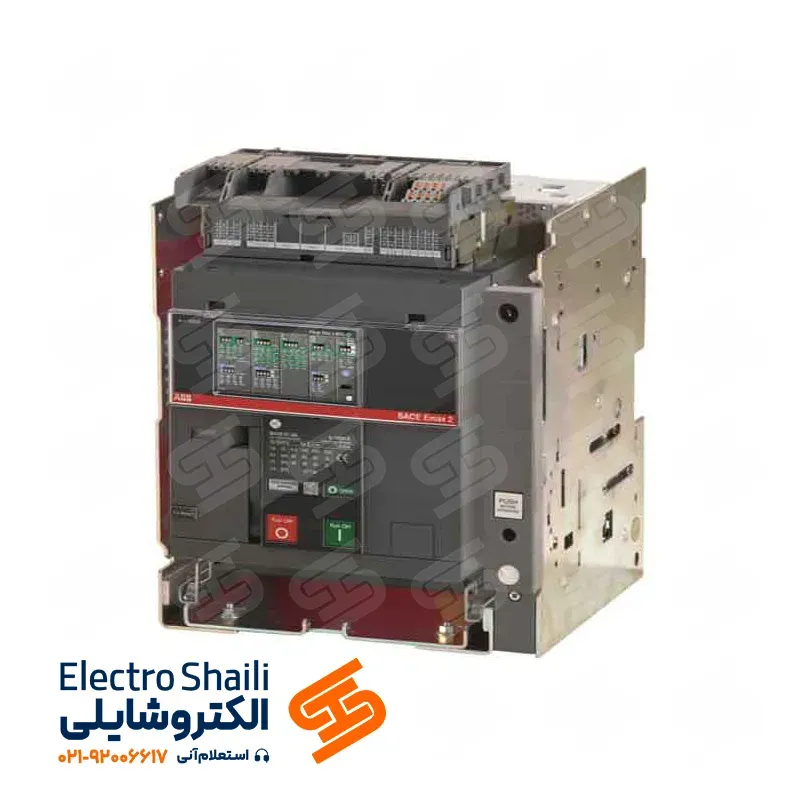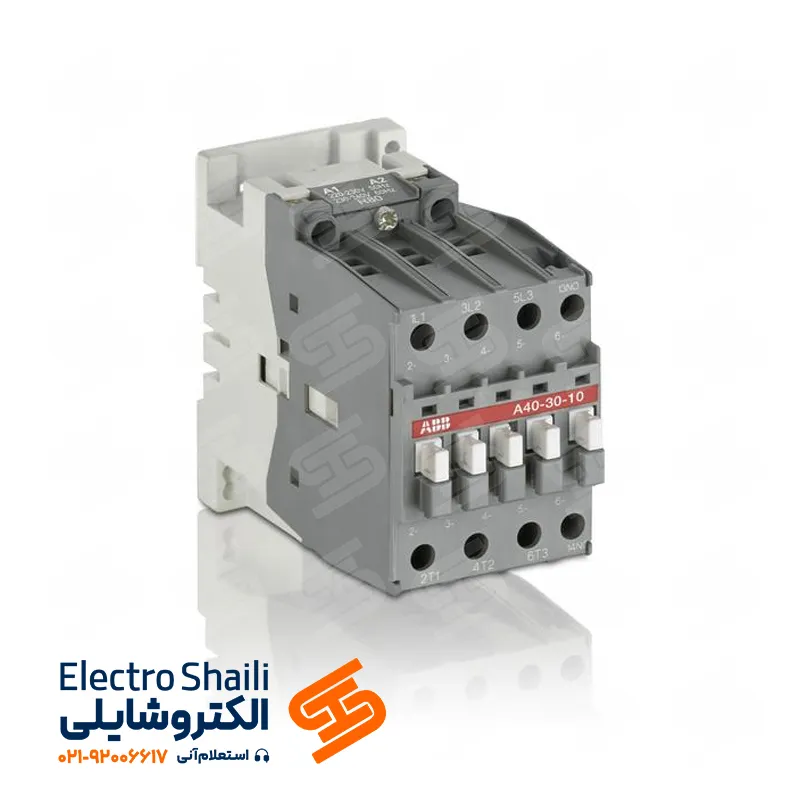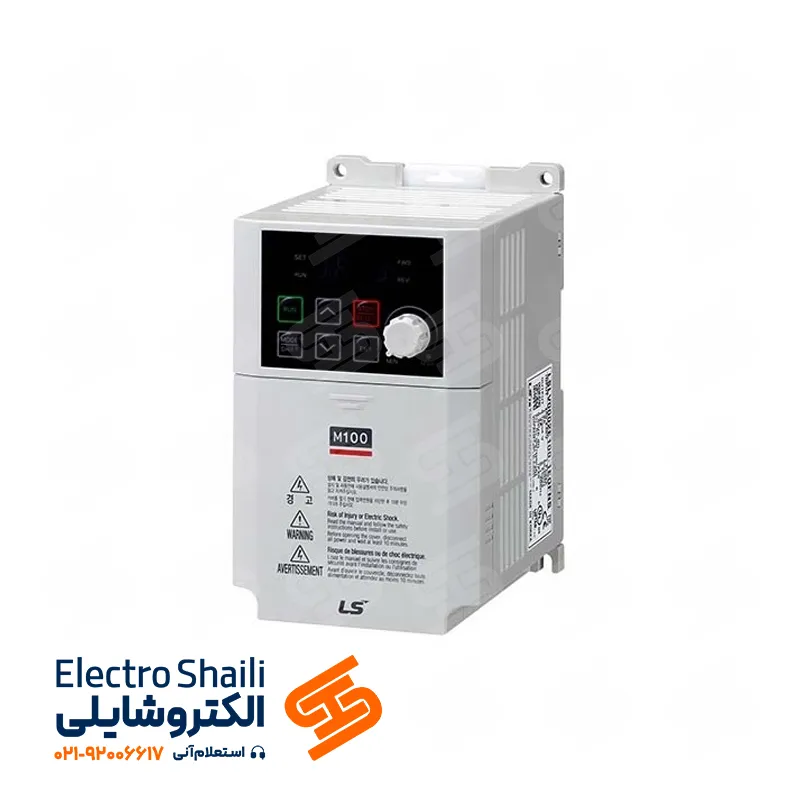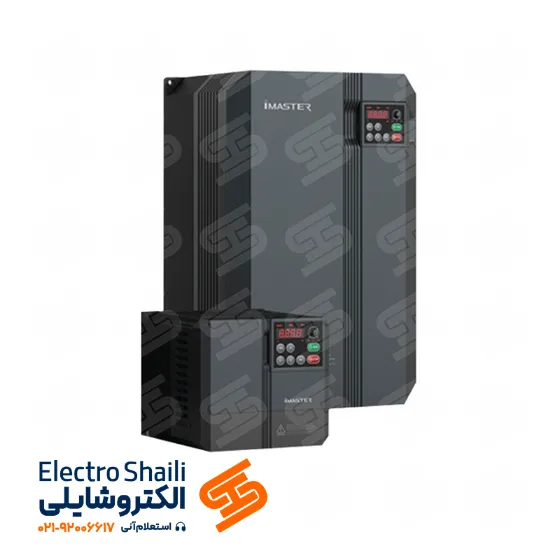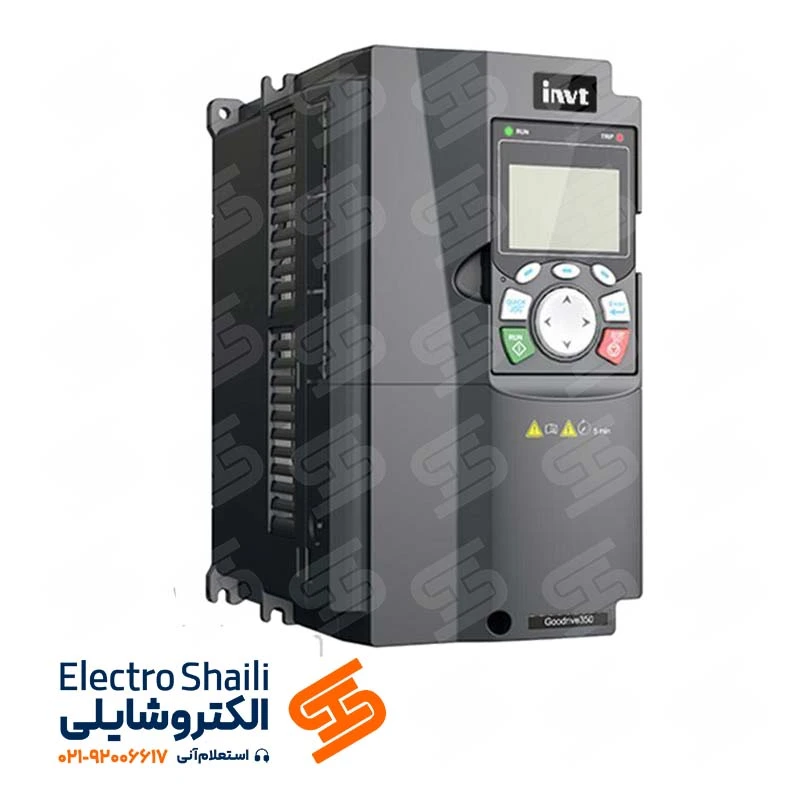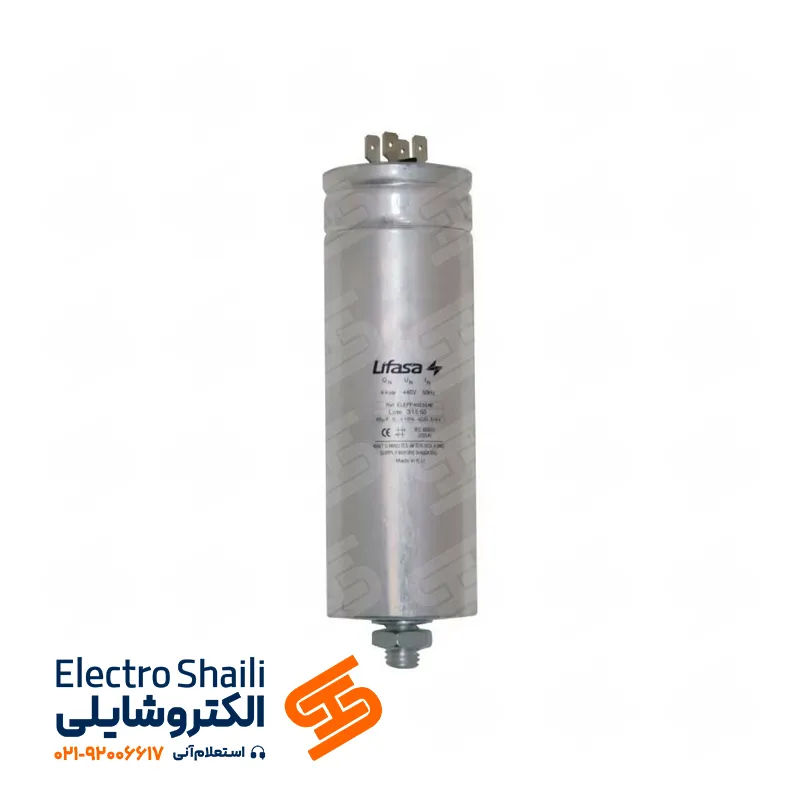Elevator Drive or Inverter: What Is It?
Drives or inverters serve as crucial devices in elevator systems to enhance the efficiency and precise control of the electric motor’s speed. This advanced technology plays a vital role in optimizing elevator movements by providing an intelligent control system, thus improving elevator performance and safety.
One of the advantages of using drives in elevators is the ability to precisely control the elevator’s speed. These drives, through precise frequency and voltage adjustments, can control the speed and even enable smooth deceleration. These features reduce mechanical fatigue, unwanted sounds, and vibrations during elevator movement, enhancing passenger safety.
Moreover, the use of inverters in elevators leads to energy savings. These devices optimize energy consumption during low-traffic periods, resulting in significant energy savings and contributing to environmental preservation and reduced energy costs.
The use of inverters in elevators not only adds to efficiency and safety but also simplifies installation and maintenance due to the ability to reduce the size and weight of mechanical systems. In other words, drives help optimize and adapt elevators to different environments and customer needs.
Elevators are considered essential elements in modern buildings and are recognized as vital machinery for facilitating the movement and transportation of people and goods within buildings. Elevators not only provide comfort and convenience to users but also enhance safety.
Elevator Drive or Inverter for Elevators: A vital device used to control the voltage and frequency of AC motors in various applications such as hoists, elevators, escalators, and electric stairs. This technology is especially employed in conditions where sudden stops and intense stress accompany the operation.
Types of Elevator Drives:
In today’s world, elevator drives are produced in a wide variety based on motor type (gearless or geared) and control panel design. This diversity is due to control panels being designed according to different needs for controlling the speed and movement of elevators.
In the categorization of elevator drive types, they can be divided into three categories based on the type of control panel:
1. Two-Speed AC2 Control Panel
2. Single-Speed 3VF Control Panel
3. Control Panel with Emergency Rescue System
Choosing between these types of drives based on the specific needs and conditions of each elevator can contribute to higher efficiency and performance.
Two-Speed AC2 Elevator Control Panel: Performance and Challenges
Two-speed elevator control panels operate only at two speeds, fast and slow, and feature a motor with a gearbox. These control panels have two wire coils and the ability to move at two different speeds. In this system, the motor is directly connected to the power without a drive during the elevator’s start from a stationary state.
The performance of these motors is such that at the beginning of the elevator’s movement from a stationary position, the motor starts moving at a fast speed. As the cabin approaches the destination (usually at a speed of one meter per second), the elevator’s speed decreases with the slow speed, and then it stops. This change in speed, accompanied by sudden cabin movement between floors, creates unwanted vibrations and small shocks that need to be prevented.
In this method, the elevator motor is directly connected to power, and the startup is also done directly. However, it should be noted that this method has drawbacks. For example, the startup current is very high, up to 7 times the motor’s nominal current, which can damage the motor and reduce its lifespan. These issues will directly lead to increased power consumption.
Single-Speed 3VF Elevator Control Panel or Drive: Smoother Movement and Greater Safety
Drive control panels in elevators, due to inverters or motor speed control, provide very smooth movement and soft startup of the elevator. This type of control panel, by adjusting the frequency, voltage, and the ability to change the speed and torque in the motor, reduces intense and fast movements of the elevator and starts it with a slow speed.
With a gradual increase in voltage, the elevator quickly reaches its nominal speed and provides a softer stop. During the passage through different floors, the elevator’s speed changes smoothly, minimizing cabin shaking and vibration.
The 3VF drive control panel also ensures smooth movement between floors. However, the difference is that here, the drive acts as an intermediary between the city’s power and the elevator motor. Power first enters the drive, and after adjusting the frequency and voltage settings of the city’s power, the drive supplies the input power to the elevator motor.
These settings are such that, while passing through the elevator’s various floors, no vibration or shaking is felt. This method significantly improves the elevator travel experience and provides greater safety.
Advanced Performance Elevator Drives: Elevating to a New Level
In the advanced world of elevator industry, the elevator drive or inverter is considered the mainstay of performance. Despite similarities with industrial drives, the elevator drive distinguishes itself with its enhanced capabilities. This new generation first absorbs AC power from the grid, then converts it to DC voltage, and ultimately, the inverter transforms DC power back to AC voltage with desired frequency and voltage.
The elevator drive or inverter, also known as the elevator motor speed controller, allows the drive to continuously change the input voltage from zero to the output power with variable voltage, providing various speeds.
Elevators with drives start moving slowly to prevent any jerks or vibrations in the cabin. This significant feature, especially when compared to non-drive elevators that quickly reach their nominal speed during startup, resulting in severe cabin shocks, brings attention to the notable difference.
The use of drive-equipped elevators not only reduces energy consumption but also provides other benefits:
– Reduction of startup and stopping current spikes
– Increase in travel speed to a range of 34 to 38 meters per minute (0.5 to 0.6 meters per second)
– Significant reduction in maintenance costs.
Elevator Drive Settings: A Path to Improved Movement Quality
To properly set up an elevator drive, it is advisable to refer to the catalog and review the settings corresponding to the desired drive type.
The advantages of employing drives in elevators include:
– Reduction of jolts and vibrations: The use of drives reduces jolts and vibrations during elevator movement between floors, enhancing passenger comfort and improving the elevator’s mechanical lifespan.
– Improved motor efficiency: Speed adjustment of the motor and elevator movement by the drive increases motor efficiency, resulting in less heating and wear.
– Complete motor control: The elevator drive or inverter takes full control of motor speed and position, protecting the motor from any potential hazards or damage.
– Energy consumption reduction: The use of drives leads to a decrease in power current from the grid, reducing the size of contactors and bringing along lower costs.
– No need for a cooling fan: Drives do not require a cooling fan in the elevator motor housing, contributing to improved elevator performance and reduced costs.
– Energy storage: Drives increase energy storage, resulting in reduced electricity, maintenance, and repair costs.
– Comprehensive motor protection: Drives have a complete motor protection system that aids in extending the motor’s lifespan.
– High efficiency and travel speed: In comparison to traditional elevators, drive-equipped elevators have high efficiency and faster travel speeds, up to two times 60 to 70 meters per minute (1 to 1.6 meters per second).
Conclusion
In this article, we explored various types of drives in elevators and the importance of their settings. Descriptions regarding how to adjust settings based on brand and catalog, as well as the benefits of using drives such as reducing vibrations, improving motor efficiency, complete control, energy and cost savings, motor protection, and increased travel speed were covered.

